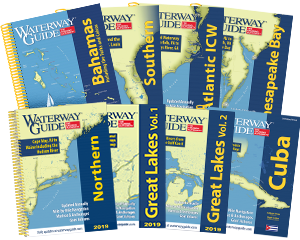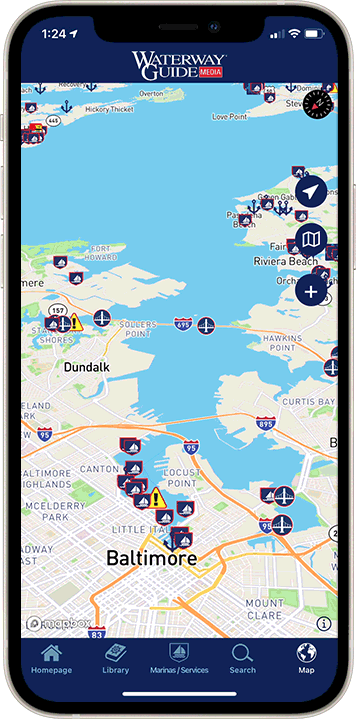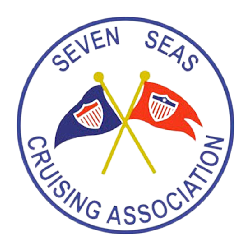Depending on where you begin your journey south, you may be faced with the initial choice of the well-traveled Virginia Cut or the less frequented Dismal Swamp Canal. Each path offers its own unique set of experiences and challenges, inviting you to slow down and explore the possibilities hidden along these waterways. Let's delve into what makes each route appealing for your cruising adventure.
Virginia Cut
The Virginia Cut offers a straightforward and reliable passage through the ICW, presenting a blend of convenience and accessibility that appeals to many boaters. Known for its deep channels and consistent maintenance, this route allows for a swift and unimpeded journey, making it a popular choice for those looking to make good time heading south.

Key Facts/Characteristics of Virginia Cut:
- Depth and Width: Maintained by the Army Corps of Engineers, the ICW project depth is 12 feet with a channel width of 90 feet, accommodating a wide range of vessels.
- Navigation: The route is well-marked and always open for navigation, featuring clear signage and up-to-date aids to navigation.
- Infrastructure: Includes several bridges with high vertical clearances, and two that have scheduled closings and openings.
- Locks: The only lock on the route, the Great Bridge Lock, manages a minimal elevation change with little turbulence, offering an easy transition between water levels.
- Traffic: Heavier boat traffic compared to alternative routes, as it is the primary choice for many boaters due to its reliability and ease of access.
- Surroundings: The route passes through developed areas, providing ample opportunities for provisioning and accessing marine services.
Dismal Swamp Canal
The Dismal Swamp Canal presents a more serene and scenic alternative on the ICW, offering boaters a tranquil voyage surrounded by lush landscapes and rich history. As the oldest continually operating man-made canal in the United States, this route appeals to those seeking a slower pace and a connection with nature.

Key Facts/Characteristics of Dismal Swamp Canal:
- Depth and Width: The canal has variable depths, generally around 6 feet, and is narrower than the Virginia Cut, providing a more intimate boating experience.
- Navigation: The canal requires careful navigation due to its narrower and shallower channel, and is best traversed with attention to detail and slow speeds.
- Locks: Features two locks, the Deep Creek Lock and the South Mills Lock, which manage water levels and provide a unique historical aspect to the journey.
- Traffic: Less traffic than the Virginia Cut, offering a quieter, more peaceful experience.
- Surroundings: The canal is flanked by the Great Dismal Swamp, providing stunning views of natural wildlife, dense forests, and historic landmarks.
- Historical Significance: Steeped in history, the canal route has ties to figures like George Washington and was a part of the Underground Railroad network.
- Visitor Amenities: Includes the Dismal Swamp State Park and the Dismal Swamp Welcome Center, offering educational opportunities and additional recreational activities like hiking and wildlife viewing.
- Duckweed Challenges: Duckweed can be a nuisance in the Dismal Swamp Canal, especially during the warmer months. This aquatic plant forms dense mats on the water surface, which can hinder boat movement and clog engine intakes.
Recent Report from Dismal Swamp Canal Welcome Center
"We're starting to see some autumn colors pop up. Happy to report from recent boaters, very little to no duckweed- no issues. Locks & drawbridges operating on normal schedule. We've put together a few "Know before you go" DSC Boating tips on our website."
Some recent flora and fauna photos from the Dismal Swamp Canal:


The choice between the Virginia Cut and the Dismal Swamp Canal ultimately depends on your vessel's capabilities and your desire for either a quicker passage or a more scenic, leisurely route. Both paths offer distinct experiences that highlight the beauty and challenges of ICW navigation.
For more information, refer to Chapter 2 of the Waterway Guide Mid-Atlantic Edition.












